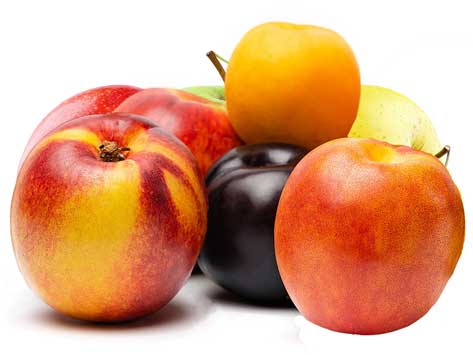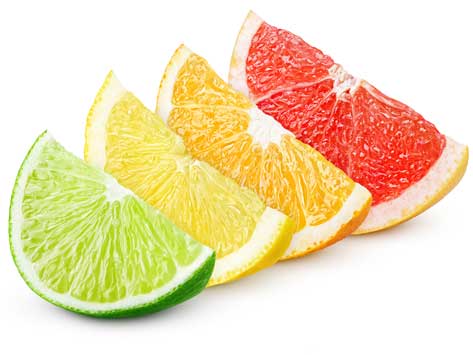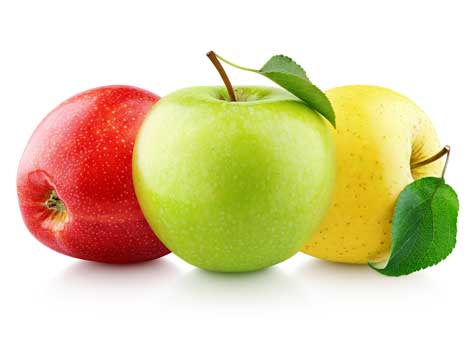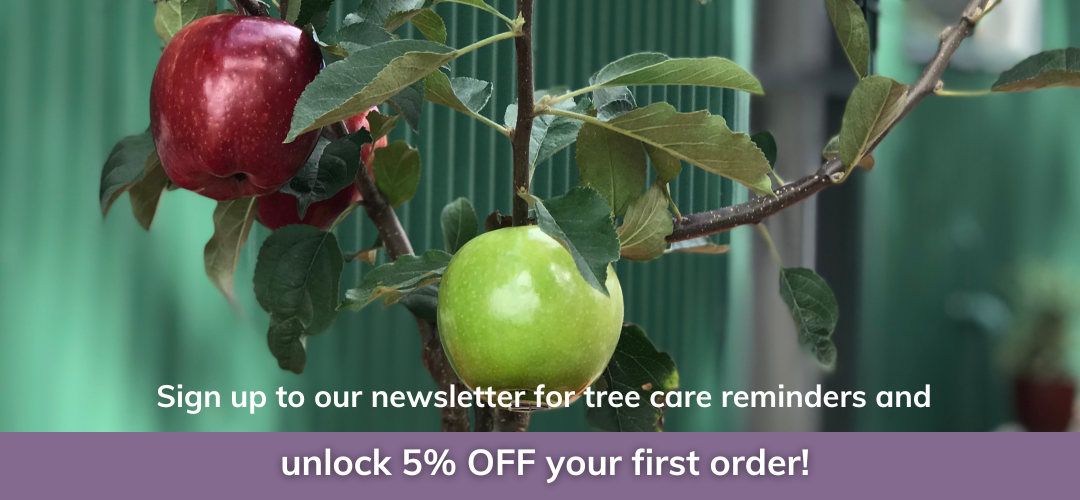Citrus Gall Wasp (Bruchophagus fellis) is native to Queensland and northern NSW, with the Australian Finger Lime as its natural host. Unfortunately for citrus trees, particularly lemons and grapefruits are now part of its diet. This pest has spread south (and west) in recent years where it can survive the cold and has no natural predators. Drat!
Plant Part: Branches
Season: Summer - Spring
Symptoms: Living up to its name, Citrus Gall Wasps trigger a reaction in the host causing it to produce large lumps or ‘galls’. Heavily galled trees lose vigour, which can result in reduced fruit size and yield. Sometimes the gall causes new growth at right angles.
12 Month Life Cycle of the Gall Wasp in Fruit Trees
Understanding the Citrus Gall Wasp life-cycle is very helpful for control. Adult gall wasps begin to emerge from their galls in Spring (from late August – October depending on area & season) to coincide with Spring growth, and can continue until mid-December. Most wasps emerge around the same time – within 20 days or so. After emerging, females take 5 – 7 days to mate. Then they begin laying eggs just under the bark, preferring soft, lush Spring growth. Larvae hatch in 2 – 4 weeks and feed within the stem for 9 – 10 months. The resulting woody gall becomes visible from December and expands until the cycle repeats in Spring.
The wasps themselves are tiny (2-3mm long) so they can’t fly far. Upon exiting they leave tell-tale exit holes. Galls with such holes do not require removal.
Control: Currently there is no chemical control registered for home gardener use to control Citrus Gall Wasp. Effective control therefore relies on strategic timing of both pruning and fertilising, augmented by traps. Correct disposal of gall prunings is essential to stop the spread .
Timing - When to Prune and Fertilize your Fruit Tree for Gall Wasp Control
Traditionally the recommendation for gall wasp control is pruning in August before the wasps emerge. This is suitable in the short term, if your infestation is small and on the end of branches, or if you have only noticed the galls in Winter. On the down side, August pruning can trigger the tree to put on a flush of Spring growth – which will then be targeted by any Gall Wasps present, perpetuating the cycle. Expected Spring growth can be protected to some degree by traps.
For longer term control and tree heath, gardeners with significant infestations should aim to reduce susceptible Spring growth flush by:
pruning galls from trees in Summer as they become visible (from about December). General maintenance pruning should be done at this time also; andfertilising in Summer and Autumn. Heavy ferrtilising in Winter and Spring will only encourage “tasty” Spring growth.
To maintain vigour, only remove 30% or less of your citrus tree at any one time.
Preventative: Regular monitoring of galling throughout the year will assist in pruning and avoid nasty surprises. Cutting galls open in late Winter to see keep an eye on wasp development may be helpful... after a few years you will get the idea.
Insect Traps for your Fruit Salad Tree
Used on their own, these traps are unlikely to be effective. When their use is in conjunction with pruning; timed to wasp emergence (August – October); for protection of young trees, or some unavoidable Spring growth, then 2 – 4 traps per tree will contribute to control. The attractant used is not specific to Gall Wasp so removal in October, after wasp emergence is a good idea – you don’t want to trap beneficial insects or small birds as well.
Slicing open the Gall
Some gardeners have had success by slicing open the gall and exposing enclosed larvae to the elements – thereby killing it. This is worth a try, particularly if you have dwarf citrus or the gall is located on vital part of the tree’s branchwork. The trick here is again in the timing and depth of cut. Don’t wait until galls are big and surrounding tissue is brittle and there is no need to cut too deeply as the stem needs to continue supporting its own weight.
Stop the Spread to other Fruit Trees
Gall Wasps cannot fly far and are mainly transported by wind or sadly, by prunings. It is vital to dispose of any removed galls in a manner that will not allow the wasp to emerge. Methods suggested include burning (I’ve heard of gardeners roasting them in the oven!), burying (1m), cutting up into tiny pieces (mulching), or soaking in water for 2 weeks. They definantly cannot be disposed of via council green waste or garbage collection services – this is known to spread the problem.
Help is on the Way!
NSW Department of Agriculture has conducted some trials using Kaolin clay (Surround®). This product is registered for sunburn and unfortunately cannot be used for Gall Wasp control yet. Results however look promising for the future.
References: Vasali’s Garden Video on slicing galls, Melbourne article on pruning galls, Sustainable Gardening Australia, NSW Department of Primary Industries, Green Harvest Insect Trap, Deep Green Permaculture – includes description of cutting galls/exposing larvae to elements, WA Department of Primary Industries , and of course our FST team



















































